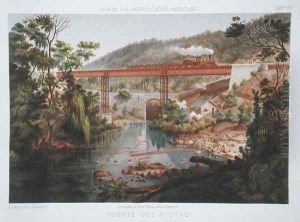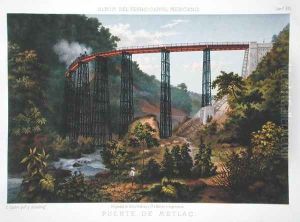Casimior Castro Paintings
Casimiro Castro was a Mexican artist and lithographer, born in 1826 in Mexico City, Mexico. His work mainly focused on portraying urban and rural scenes of 19th-century Mexico, making significant contributions to the visual documentation of the country's landscapes, architecture, and daily life during that era. Castro is best remembered for his detailed and vivid lithographs that served as a valuable record of the Mexican landscape and society in a time of great change and modernization.
Casimiro began his artistic career at a young age, showing a keen interest in drawing and painting. His talent was recognized early on, and he was trained in the techniques of lithography, which was a relatively new and popular form of printing at the time. Lithography allowed for more detailed and accurate reproductions of artworks than previous printing methods, and Castro quickly mastered this technique, becoming one of the most renowned lithographers in Mexico.
Throughout his career, Casimiro Castro worked on numerous projects, including the production of albums and series of lithographs that depicted the Mexican landscape. One of his most famous works is the 'Álbum del Ferrocarril Mexicano' (Mexican Railway Album), created in collaboration with other artists and published in 1877. This work included a collection of lithographs showcasing the landscapes, cities, and infrastructure associated with the construction of the Mexican railway system, highlighting the progress and modernization of Mexico during that period.
In addition to landscapes and urban scenes, Castro also produced portraits, political cartoons, and illustrations for books and magazines, demonstrating his versatility as an artist. His works were not only artistic but also served as historical documents, offering insights into the social, cultural, and economic conditions of Mexico in the 19th century.
Casimiro Castro's contribution to Mexican art and history is significant. Through his detailed and carefully crafted lithographs, he provided a visual record of a country undergoing transformation, capturing the essence of Mexican society, culture, and landscapes during a pivotal time in its history. He passed away in 1889, leaving behind a legacy that continues to be appreciated by art historians, collectors, and anyone interested in the rich cultural heritage of Mexico.

